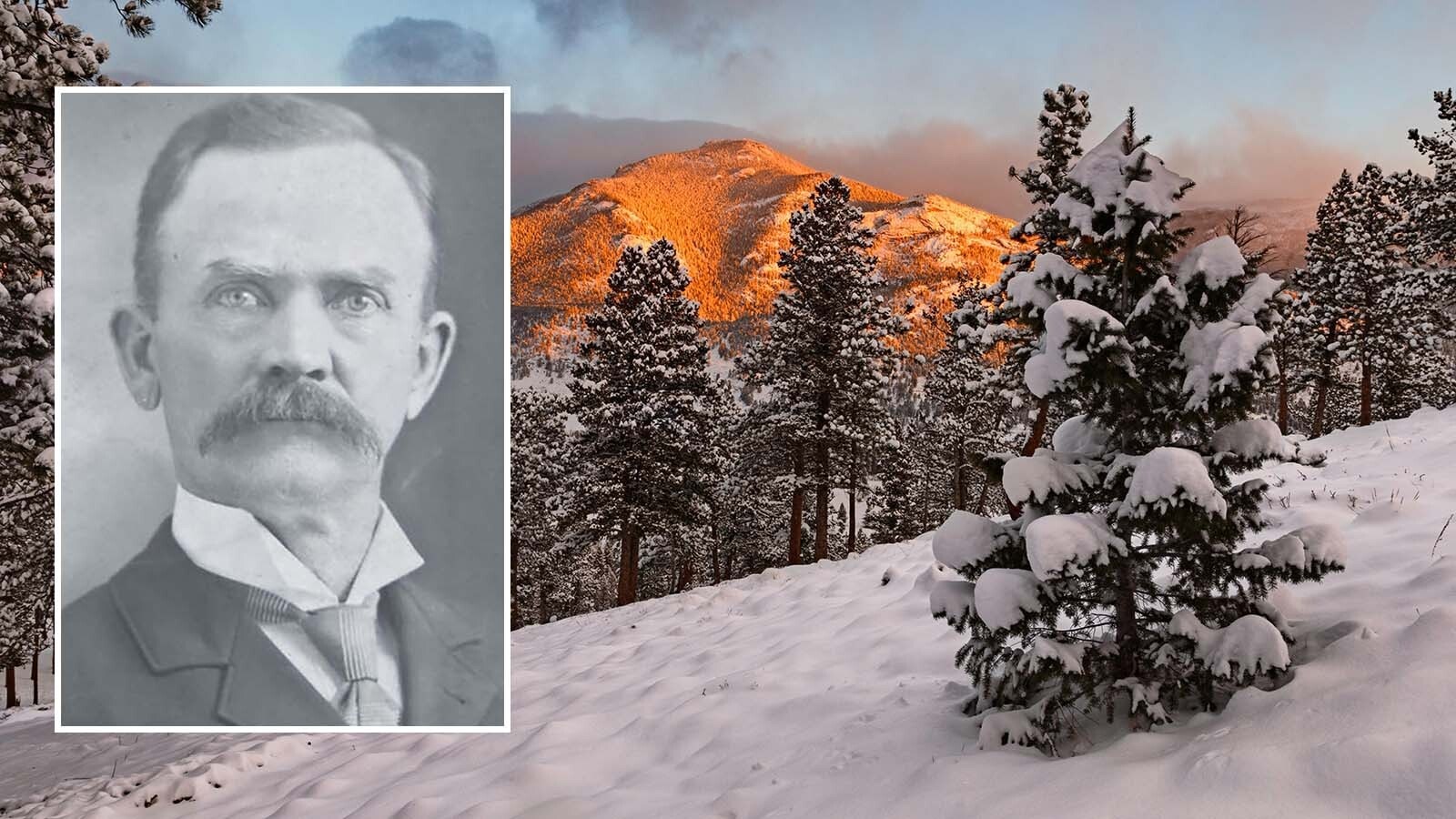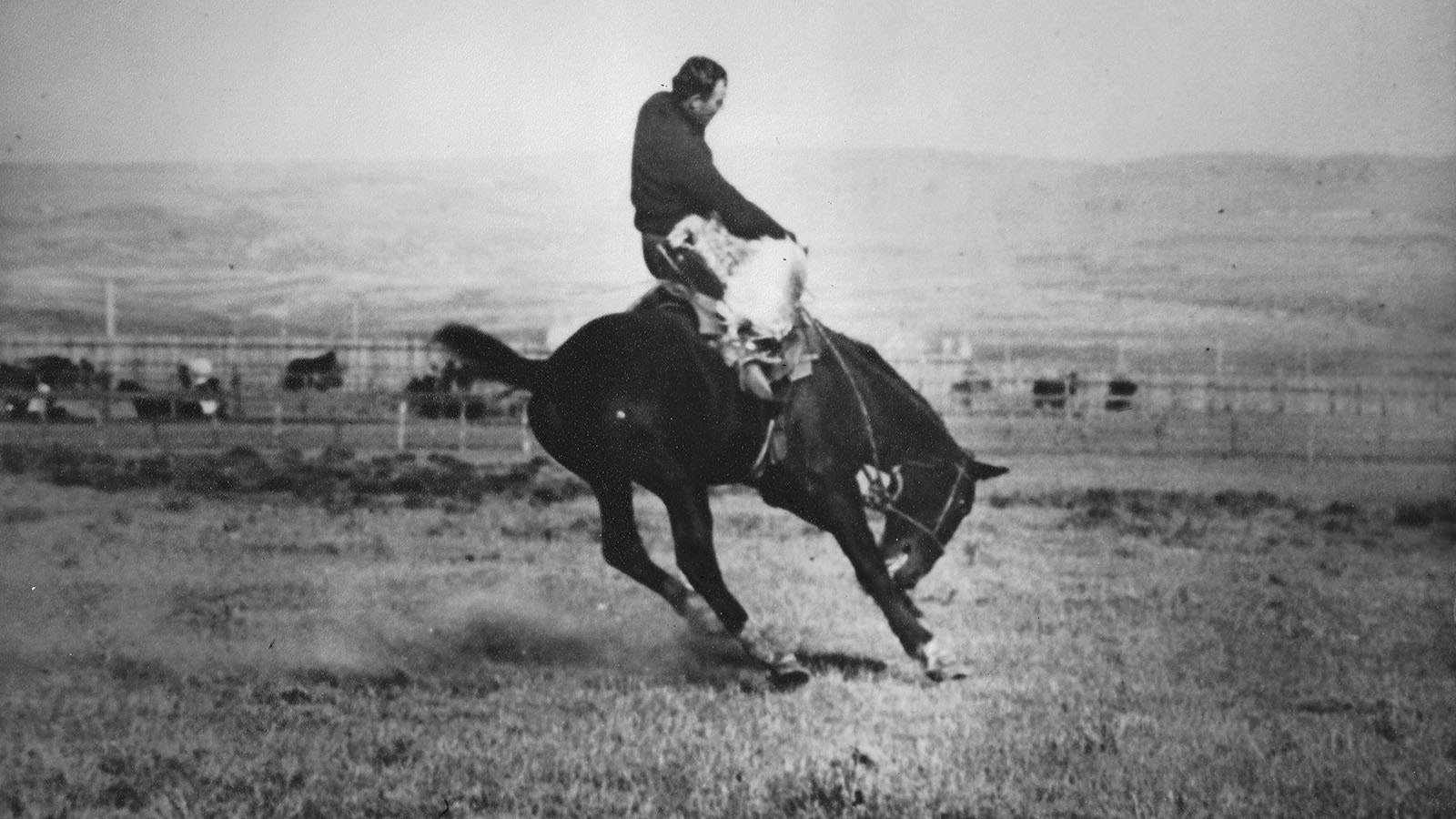On a summer day in 1879, three men at a stream crossing in a California redwood forest drove onto “a scene of most desperate and startling disorder,” one of the men in the wagon reported.
The “disorder” involved a man and a horse, “The man holding to the halter was dodging and dancing to keep from being crushed, [and] was swearing in despair.” The horse was “snorting, shrieking, groaning, standing up on his hind legs and beating the air, then dropping to his knees as if trying to stand on his head.”
The owner of the horse said all had been well, with the animal drinking quietly at the stream. Without warning, the horse started “butting his owner like a goat, butting the bank on one side of the road and the gnarled base of a giant tree on the other.” It “groaned and foamed and froth flew from his distended nostrils.”
The writer who reported the mystery was no stranger to horses, nor were his companions—but they were as mystified as the horse’s owner. The reporter, once known as “a good trainer of wild mustangs,” is better remembered for his other accomplishments.
The man was John Muir — inventor, craftsman, factory mechanic, botanist, naturalist, explorer, mountaineer, geologist, expert on glaciers, protector of national forests, promoter of national parks, writer, and founder and first president of the Sierra Club.
After emigrating from Scotland to land in Wisconsin in 1849, Muir, at age 11, acquired an Indian pony he called Jack. The boy got his share of bumps and bruises learning to ride.
On his initial equestrian effort, he urged the pony into a gallop, but fear got the better of him.
“Whoa, Jack!” he hollered. “The wonderful creature seemed to understand Scotch, for he stopped so suddenly I flew over his head, but he stood perfectly still as if that flying method of dismounting were the regular way.”
But Muir got the hang of it, and was soon riding through the countryside and riding “after the cows every evening about sundown,” he wrote of Jack. “We had him, I think, some five or six years. He was the stoutest, gentlest, bravest little horse I ever saw. He never seemed tired, could canter all day with a man about as heavy as himself on his back, and feared nothing.”
The Muir family spent more than a month on the track of another horse stolen by an Indian, who abused the horse. Apparently, the horse had a long memory.
“[S]everal years afterward, looking for another horse that we wanted to catch, as we approached the place where she had been captured she stood stock still gazing through the bushes . . . She was so excited that she trembled, and her heartbeats were so loud that I could hear them distinctly as I sat on her back, boomp, boomp, boomp, like the drumming of a partridge.”
John Muir is most closely associated with Yosemite and the Sierra Nevada mountains, first arriving there in 1868. He explored for a time, then an empty wallet forced him to a ranch in the San Joaquin Valley, where his work included breaking and training mustangs.
But wandering the mountains at every opportunity kept him occupied for much of the next decade. He usually traveled on shank’s mare, covering countless miles afoot over the years. But sometimes he hiked with a horse or mule on a lead, and occasionally traveled on horseback. Those horses and mules over the years almost all shared the name “Brownie.”
Later, a daughter’s illness sent Muir and his family—he had somehow found time to marry and father two daughters—to Arizona as guests on a benefactor’s “twenty-by-thirty-mile ranch with its famous flocks and herds.”
He wrote, “There are no shallow, colorless people in Arizona. The cowboys on horseback are superbly statuesque without an apparent desire to pose.”
But, always, the wilderness drew Muir away from civilization, and his travels covered every corner of the United States and the glacier country of Alaska.
His love for nature led to unceasing efforts to protect the forests and mountains from exploitation. Other than Yellowstone, he was instrumental in the establishment and protection of virtually every national park, and in the formation of the National Forest Service.
Muir spent his last days on his daughter and son-in-law’s cattle ranch in California’s Mojave Desert until being moved to a Los Angeles hospital, where he died in 1914.
What about the crazed horse that “seemed to be torn and tossed with devils” that kicked off our story? “His master, now at his wits’ end, notic[ed] that he kept striking and rubbing his head. At length,” Muir wrote, he “discovered a yellow jacket in his ear, which thoroughly cleared up the mystery.”
R. B. Miller can be reached at WriterRodMiller@gmail.com. He is the author of John Muir: Magnificent Tramp.





